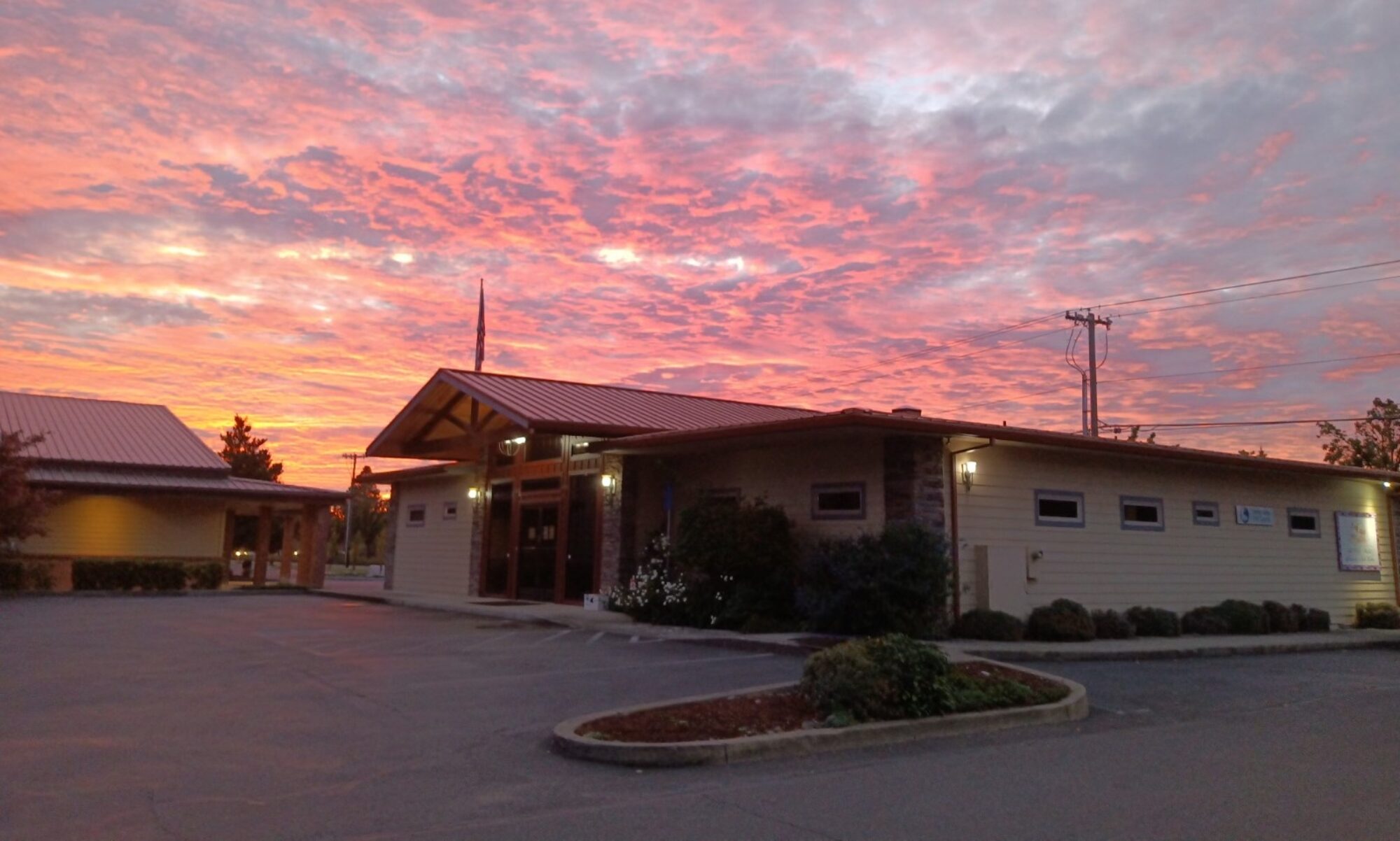Insomnia
This is the most common sleep complaint. It occurs when you have trouble falling asleep or staying asleep or do not feel refreshed in the morning even though you had the opportunity to get a full night of sleep. The causes, symptom and severity of insomnia vary from person to person. Insomnia may include:
- Difficulty falling asleep.
- Difficulty staying asleep throughout the night.
- Waking up too early in the morning.
- Poor quality of sleep, or feeling tired in the morning.
Restless Legs Syndrome and Periodic Limb Movement Disorder
Restless legs syndrome is a neurological sleep disorder that makes you have an overwhelming, often, irresistible urge to move your legs. The symptoms are usually worse at night. The sensation is difficult for some people to describe. You may lie down and begin to feel burning or itching inside your legs. If you move your legs or get up and walk around, these symptoms may go away. The discomfort may return when you try again to go to sleep.
Restless legs syndrome makes it difficult to get comfortable enough to fall asleep. At night the condition is defined as Periodic Limb Movement Disorder (PLMD)
Parasomnias
Parasomnias are a category of sleep disorders that involve unwanted events or experiences that occur while individuals are falling asleep, sleeping or waking up. Parasomnias may include emotions, perceptions, abnormal movements, behaviors, or dreams. Although the behaviors may be complex and may appear purposeful to others, the patient remains asleep during the event and often have no memory that it occurred. A parasomnia may make it difficult to sleep through the night.
These include
- Sleepwalking and Sleep Talking
- REM Sleep Behavior disorder
- Sleep terrors
- Nightmares
- Enuresis (bedwetting)
- Confusional arousals
Shift Work Sleep Disorder
This is a very common and underdiagnosed problem in modern life with its demands on an individual’s time.
Shift work sleep disorder occurs when there are difficulties adjusting to a work schedule that takes place during a time which most people sleep. When a person has shift work disorder, there is a conflict between the body’s circadian rhythms and work schedule. The patient may have to be at work when the body wants to sleep. Thus when a person has to sleep, the body expects to be awake.
There are multiple variations of shift work schedules that can cause difficulties. These include:
- Early-morning shifts
- Night shifts
- Overnight shifts
- Rotating shifts
Snoring
About half of people snore at some point in their lives. Snoring is more common in men, though many women snore. It appears to run in families and becomes more common as you get older. About 40 percent of adult men and 24 percent of adult women are habitual snorers. Men become less likely to snore after the age of 70.
Snoring can be of different intensities and is often a nuisance to people around us.
Light snoring is common. However, loud snoring can indicate Obstructive Sleep Apnea which is a significant health risk factor.
When snoring is associated with other medical problems or observed cessation of breathing, gasping, or choking, then further evaluation with a complete sleep evaluation is indicated as this may indicate Obstructive Sleep Apnea.
Sleep Apnea
Sleep apnea affects some 18 million people. According to the National Sleep Foundation’s 2002 Sleep in America poll, about 1 in 10 adults reported experiencing some pauses in breathing during sleep. Snoring can be a symptom of sleep apnea. About 59% of adults said they snore, according to the same poll. About 1/4 of those who snore do so every night or almost every night. In sleep apnea, the airway of the snorer closes and he/she must wake up to resume breathing. This cycle may repeat hundreds of times during the night, resulting in severe daytime sleepiness.
What are the risks to my health from Sleep Apnea?
- Diabetes
- High Blood Pressure
- Stroke
- Heart Attack
- People with untreated sleep apnea are 2-7 times more likely to have automobile crashes than the general population.
What are some of the signs of Sleep Apnea?
- Loud Snoring
- Snoring accompanied by snorts, gasping, or choking noises
- Snoring with pauses
- Daytime SleepinessChanges in alertness, memory, and interest in daily activities
- Irritability and/or Depression
- High blood pressure (when found in combination with the above symptoms)
- Accidents or near misses related to sleepiness
Who is at risk for having Sleep Apnea?
- Males: twice as likely as females
- Primarily men and women in the 30-50 age bracket
- Obese individuals or those more than 20% over their ideal weight
- Individuals with difficulty breathing through their noses
- Children or adults with enlarged tonsils
- Children who are obese
Is there anything I can try to help with my snoring?
- Lose Weight
- Drink only in moderation and avoid alcohol within two hours of bedtime
- Avoid sleeping pills and other medications, which make you sleepy
- Sleep on your side
- Treat nasal congestion. Ask your doctor or pharmacist for their recommendations
- Avoid extreme fatigue
- Stop smoking
How is Sleep Apnea diagnosed?
The diagnosis of this disorder requires an overnight sleep study. For more information, see our page on diagnostic testing.
How is Sleep Apnea treated?
- CPAP (Continuous Positive Airway Pressure): In this highly effective therapy, a mask is worn over the nose during sleep. Pressure from an air compressor enters the nasal passages and airway. This gentle pressure holds the airway open and allows the person to breathe normally.
- Oral Appliances: Devices that may help some apnea patients are designed to open the airway by bringing the jaw, tongue, and soft palate forward.
- Surgery: There are surgical procedures designed to correct abnormalities of the upper airway. These abnormalities may include enlarged tonsils or adenoids, nasal polyps or other growths, a deviated nasal septum, and malformations of the jaw or soft palate. In one common procedure excess tissue at the back of the throat may be removed. An evaluation by an Ear, Nose, and Throat specialist is necessary to determine if you are a candidate for any of these surgical procedures.
- Oxygen: This is rarely needed for the treatment of Sleep Apnea alone. Oxygen, however, may be added to the nasal CPAP system to correct for low oxygen levels due to existing lung or heart disease.
- Medication: This is generally of limited benefit for sleep apnea sufferers.
The suggestions above for the treatment of snoring also pertain to people with Sleep Apnea. - Always follow the rules of Good Sleep Hygiene.

